Are you ready to embark on the exciting journey of training your furry friend? Dog training can be a fun and rewarding experience, and with the right guidance, your dog will become a well-rounded, well-behaved, and happy companion. In this blog post, we will explore essential tips and techniques for training your dog. From preparing and training your dog at home to teaching core commands and fun tricks, we’ve got you covered. Let’s dive in!
Short Summary
- Create a positive environment for your pup and set up essential training tools.
- Utilize the right leash, crate training, clicker techniques & core commands to teach obedience.
- Socialize and build confidence with enrichment activities & expert advice resources!
Preparing Your Home for a New Dog
Before we dive into the world of dog training, it’s crucial to set the stage for success by preparing your home for your new furry family member. By establishing a strong foundation, you will create a positive relationship with your dog, making it easier to teach them new skills and behaviors.
In this section, we’ll discuss the first week essentials, potty training basics, and sleep training. Providing your dog with a comfortable and familiar environment allows them to focus on learning and growing. So let’s get started!
First Week Essentials
During the first week with your new pup, it’s essential to establish a routine and introduce essential training tools such as crate training and potty training. Crate training helps create a safe space for your dog, while potty training your puppies sets the foundation for good behavior throughout their life.
Additionally, providing stimulation through basic cues and fun activities will keep your dog engaged and eager to learn. Remember, a happy and stimulated dog is more likely to develop good behaviors and form a strong bond with you.
Read our complete checklist to puppy proofing your house here.
Potty Training Basics
Potty training is a critical skill for every dog owner to master. Establishing a routine and selecting the right bathroom spot for your pup will make the learning process smoother for both you and your furry friend. When your pup succeeds in doing their business outside the house, reward them with a treat or enthusiastic praise to reinforce the behavior.
Remember, patience and consistency are key to successful potty training. With time and dedication, your dog will begin to understand what is expected of them, and you’ll have a well-trained companion.
Sleep Training
Ensuring your dog gets a good night’s sleep is essential for their overall health and well-being. By setting a consistent bedtime, maintaining a regular feeding schedule, and providing ample exercise and playtime, you’ll create a successful sleep routine for your pup.
Additionally, make sure your dog has a cozy sleeping environment, free from drafts and disturbances. Don’t forget to address any potential medical or psychological issues that may be affecting your dog’s sleep, such as allergies or anxiety.
With proper sleep training, your dog or puppy will be well-rested and ready for a day of learning and fun.
Essential Training Tools
Now that you’ve set the stage for successful training, it’s time to introduce essential training tools that will make the process more effective and enjoyable. In this section, we’ll explore key training tools such as choosing the right leash, mastering cage training fundamentals, and understanding clicker training basics.
These tools will help you train your dog more efficiently and effectively, ensuring that your pup masters essential skills and behaviors. So let’s dive into the world of dog training tools!
Choosing the Right Leash
Selecting the perfect leash for your dog is crucial for effective training. The right leash should be based on your dog’s size, breed, and temperament. A 6-foot leather leash is an excellent choice for training, as it offers reliable control and durability.
Remember, a comfortable and well-fitted leash will make the training process more enjoyable for both you and your dog, and it will also help to establish a strong bond between you and your furry friend.
Crate Training Fundamentals
Crate training is a powerful tool that fosters a strong bond between your dog and their crate, making them feel safe and secure. When selecting a crate for your pup, consider the size, material, and design to ensure it’s comfortable and functional.
Introduce the crate in a room or house where your dog spends a lot of time and provide a comfortable bed or blanket inside. Encourage your dog to visit and explore the cage and reward them with treats and praise when they enter. With patience and consistency, your dog will learn to love their crate and see it as their safe haven.
Clicker Training Basics
Clicker training is a fantastic way to use positive reinforcement to train your dog. This powerful training tool helps you mark desired behaviors with a click, followed by a reward. The key to successful clicker training for dogs is timing – the click should be immediately followed by a reward.
Start practicing clicker training in a quiet room with no distractions and gradually introduce more complex commands as your dog becomes comfortable with the process. With dedication and practice, clicker training can transform your dog’s behavior and enhance their learning experience.
Obedience Training: Core Commands
Now that you have a solid foundation and the right tools, it’s time to dive into obedience training. Teaching your dog core commands such as sit, stay, come, heel, leave it, and lie down is essential for their overall behavior and well-being.
In this section, we’ll discuss the importance of mastering these basic commands and how they contribute to your dog’s overall obedience. By investing time and effort into teaching these core commands, you’ll create a well-rounded, well-behaved, and happy canine companion.
Sit and Stay
Teaching your dog the sit and stay commands is fundamental to their obedience training. To teach sit, hold a treat in your hand and move it above your dog’s nose, then upwards and slightly over them to encourage them to sit. Reward them with a treat when they sit and stay seated for a few seconds.
Gradually increase the time between rewards as they begin to master the command. With consistent practice, your dog will quickly learn the sit and stay commands, and you’ll be well on your way to the benefits of having a well-behaved pup.
Come and Heel
The come and heel commands are essential for your dog’s safety and overall obedience training. To teach, come, have your dog sit and stay, then walk a few steps away and call them to you. Reward them with a treat or praise when they come.
For heel control, have your dog sit and stay, then walk a few steps away and call them to you. Reward them with a treat or praise when they come and walk by your side. Consistent practice and positive reinforcement will help your dog master these essential commands, making your walks and outings more enjoyable and safe.
Leave It and Lie Down
The leave it and lie down commands are crucial for managing your dog’s behavior and ensuring their safety. To teach leave it, say the command and wait for your dog to stop sniffing your hand, then reward them with a high-value treat.
For lie down, entice your dog with a treat and guide it to the ground while cheerfully saying the command. Reward your pup with a treat or praise while they are still lying down. With patience and consistent practice, your dog will learn these important commands and become a more well-behaved and obedient companion.
Socializing Your Dog
Socializing your dog is an important aspect of their overall development, and it seems socialization can help prevent the development of fears and aggression. In this section, we’ll explore the importance and benefits of socialization and how it can help your dog build confidence, meet new people or other dogs, and prevent fear and aggression.
By exposing your dog to different people, animals, environments, and situations, you’ll create a well-rounded, confident, and happy dog that is more likely to be welcomed by others. So let’s dive into the world of socializing your dog!
Meeting New People and Animals
When introducing your dog to new people and animals, it’s crucial to approach confidently and warmly, show respect for their space, and be mindful of their body language. Approach slowly and calmly, creating a safe and comfortable environment for everyone involved.
Encourage your dog to take the lead and approach the person or animal in their own time, and always reward your pup with treats and praise for positive interactions. By being patient and understanding, you’ll help your dog become more comfortable and confident in meeting new people and animals.
Preventing Fear and Aggression
Preventing fear and aggression in dogs is essential for their well-being and overall behavior. By creating a safe and calm environment, using positive reinforcement training, and providing your dogs regular obedience training, you can help your dog become more confident and less prone to fear and aggression.
In more serious cases, medication and professional help may be necessary to address these behavioral issues. Remember, a well-socialized and confident dog is more likely to be welcomed by others and enjoy a happier, healthier life.
Building Confidence
Building confidence in your dog is essential for their overall well-being and happiness. Enrichment activities and relationship-based training, such as feeding through food puzzles and nose work, can help your dog become more self-assured and relaxed in a variety of situations. Encourage your dog to explore new environments and situations, and always reward them with treats and praise for positive experiences.
By providing your dog with the enough food, mental stimulation and positive reinforcement they need, you’ll help them build confidence and become a more well-rounded and happy canine companion.
Get a complete puppy socialization checklist here.
Fun Tricks and Skills
In addition to mastering basic obedience commands, teaching your dog fun tricks and skills can be a great way to bond with your furry friend and provide them with mental stimulation. In this section, we’ll explore some entertaining tricks and skills, such as shake, high five, spin, roll over, play dead, fetch, and tug-of-war.
Not only are these tricks fun for both you and your dog, but they also help to enhance your dog’s learning experience and overall quality of life. So, let’s have some fun and teach your dog some awesome new skills!
Shake, High Five, and Spin
Teaching your dog to shake, high five, and spin is a fun and rewarding experience for both you and your pup. To teach shake, hold a treat in your hand and move it from side to side, encouraging your dog to lift their paw.
For high five, hold your hand up and wait for your dog to touch it with their paw. To teach spin, hold a treat in front of your dog’s nose and move it in a circular motion, rewarding them when they follow the treat and complete the circle.
With patience and persistence, your dog will master these fun tricks and impress everyone they meet.
Roll Over and Play Dead
Roll over and play dead are entertaining tricks that can wow your friends and family. To teach roll over, start by getting your dog to lie down, then move a treat in an arc over their head, encouraging them to roll onto their back.
For the play dead, follow the same process but reward them when they lie still on their side. With consistent practice and positive reinforcement, your dog will quickly learn these amusing tricks and become the life of the party.
Fetch and Tug-of-War
Fetch and tug-of-war are classic games that dogs love to play. To teach fetch, start by throwing a toy your dog enjoys and encourage them to bring it back, rewarding them with a treat or praise when they do.
For tug-of-war, hold a toy in one hand and encourage your dog to grab it with their mouth, engaging in a playful battle of strength and skill. Remember to always supervise these games and establish clear boundaries to ensure safety and enjoyment for both you and your dog.
Learn more about how to teach your dog to catch a frisbee here.
Addressing Common Behavior Issues
As a dog owner, it’s important to be aware of common behavior issues that may arise and learn how to address them effectively. In this section, we’ll discuss chewing, destructive behavior, excessive barking, jumping, and leash reactivity.
By understanding the underlying causes of these behaviors and implementing appropriate training techniques, you can help your dog overcome these challenges and become a well-behaved, happy companion. So let’s explore some strategies for addressing common behavior issues in dogs.
Chewing and Destructive Behavior
Chewing and destructive behavior can be frustrating for dog owners, but with the right approach, these issues can be managed effectively. To address chewing, dog-proof your house by removing any tempting objects and providing your dog with plenty of chew toys. Additionally, ensure your dog gets ample exercise, attention, and mental stimulation to prevent boredom and anxiety.
To address destructive behavior, interrupt the behavior with a loud noise and offer an acceptable chew toy or activity. With patience and consistency, your dog will learn to channel their energy into appropriate outlets.
Excessive Barking
Excessive barking can be disruptive and annoying, but understanding the root cause can help you address the issue effectively. Potential triggers for excessive barking include territorial behavior, boredom, anxiety, or attention-seeking.
To address excessive barking, determine the underlying cause and implement strategies to manage it, such as providing more exercise, mental stimulation, or positive reinforcement. With patience and dedication, you can help your dog overcome excessive barking and become a more well-behaved and content canine companion.
Jumping and Leash Reactivity
Jumping and leash reactivity are common behavior issues that can impact your dog’s overall obedience and safety. To address jumping, teach your dog the “off” command and turn away from them when they jump, rewarding them when they stop jumping.
To address leash reactivity, focus on teaching your dog to walk calmly on a leash, using positive reinforcement to reward calm behavior and redirect their focus away from distractions. By addressing these behavior issues, you’ll help your dog become a more well-behaved and obedient companion, making your walks and outings more enjoyable and safe.
Here are some DIY enrichment activities to keep your pup engaged in a not destructive manner
Expert Advice and Resources
As you embark on your dog training journey, it’s essential to seek expert advice and explore available resources to ensure success wither it be in person group classes or private lessons. In this section, we’ll discuss finding a qualified trainer, online resources and books, and the importance of continuing education.
By investing in your dog’s training and education, you’ll create a strong bond with your furry friend and ensure they live a happy, well-behaved life. So let’s explore the world of expert advice and resources for dog training!
Finding a Qualified Trainer
Finding a qualified trainer is an important step in your dog training journey. Explore certified dog trainers or dog training classes through reputable organizations such as the Certification Council for Professional Dog Trainers or The Association of Professional Dog Trainers.
When selecting a trainer, consider their qualifications, training methods, and experience to ensure they are the right fit for you and your dog. A qualified trainer can help you navigate the training process and will teach basic commands more effectively and provide invaluable guidance and support.
Online Resources and Books
There are plenty of online resources and books available to help you on your dog training journey. Some popular options include Doggy Dan: The Online Dog Trainer, The Other End of the Leash by Patricia McConnell, and Zak George’s Dog Training Revolution.
Additionally, there are many free or low-cost resources available online, such as the Kikopup YouTube channel, to help you get the most out of your training journey with your pup. By exploring these resources, you’ll gain valuable knowledge and insights to enhance your dog training experience.
Continuing Education
Continuing education is essential for both dog owners and trainers to stay up-to-date with the latest training techniques and methods. Attending seminars, workshops, dog training classes, and advanced dog training courses can help you gain Continuing Education Units (CEUs) and expand your knowledge in various aspects of dog training, such as obedience, agility, behavior modification and other advanced dog training methods.
By investing in continuing education in your furry family members, you’ll ensure your dog receives the best possible training and care, setting them up for a happy, well-behaved life.
Summary
In conclusion, dog training is a rewarding and essential aspect of owning a furry friend. By preparing to train your dog at home, mastering essential training tools and techniques, and teaching core commands and fun tricks, you’ll create a well-rounded, well-behaved, and happy canine companion. Remember, investing in your dog’s training and education will not only strengthen your bond, but also ensure their overall well-being and happiness. So why wait? Start your dog training journey today and unlock the full potential of your furry friend!
Frequently Asked Questions
What are the 7 basics of dog training?
Training your pup to obey the 7 basics – sit, stay, down, come, heel, off, and no – is key to having a well-behaved canine companion. With patience and consistency, you can help your pup master these behaviors for a happy and healthy relationship.
What are the 5 golden rules of dog training?
Trainers, pet owners, puppies and doggos everywhere – these are the 5 Golden Rules for Dog Training success!
First, provide positive reinforcement; reward your pup for good behavior. Second, keep training sessions short and fun; boredom won’t help anyone. Third, stay consistent with commands and expectations; make sure everyone in your family uses the same language.
Fourth, have patience and remain calm; giving into frustration will only confuse your pup. Finally, end each session on a positive note; this helps build trust and encourages your pup to learn.
These five tips will have your dog well-trained in no time!
What is proper training in a dog?
Proper training for a dog involves consistency and positive reinforcement. It is important to provide rewards for desired behavior, along with clear boundaries, in order to establish a trusting relationship and help your pup become an obedient canine citizen.
Patience is key when training a pet, as consistency will lead to desirable results.
What is the easiest way to train a dog?
The easiest way to train your dog is to use positive reinforcement and reward-based techniques. Find out what motivates your pup and use it as a reward when they do something you want them to repeat.
Be patient, consistent and have fun – you’ll soon see the results!
What are the 7 basics of dog training?
Training a dog is not difficult, but it does require consistency and dedication. A good foundation of basic commands—sit, down, stay, come, heel, off, and no—is the key to successful dog training.
With patience and rewards, these commands can be taught easily and become an essential part of your canine companion’s life.


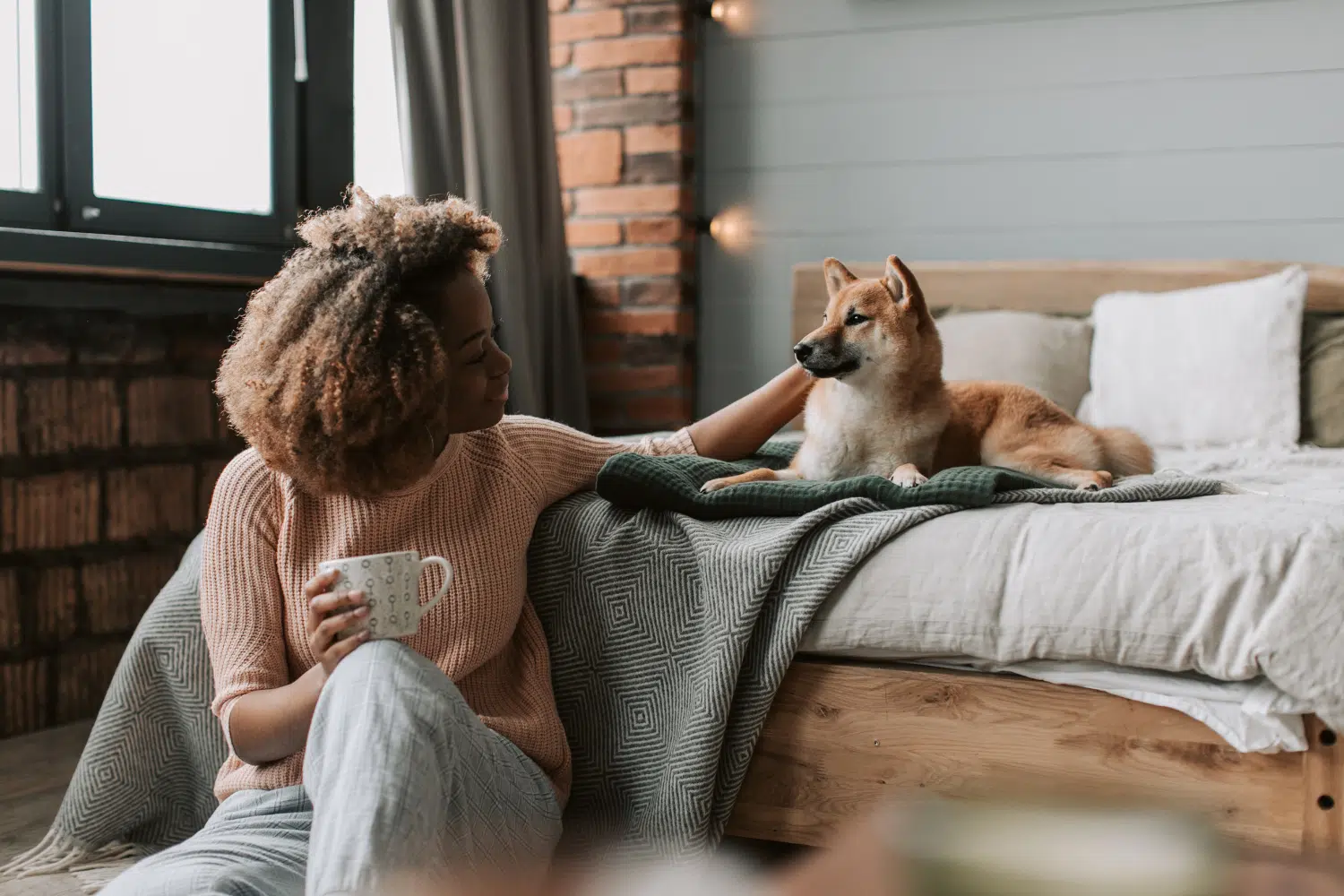
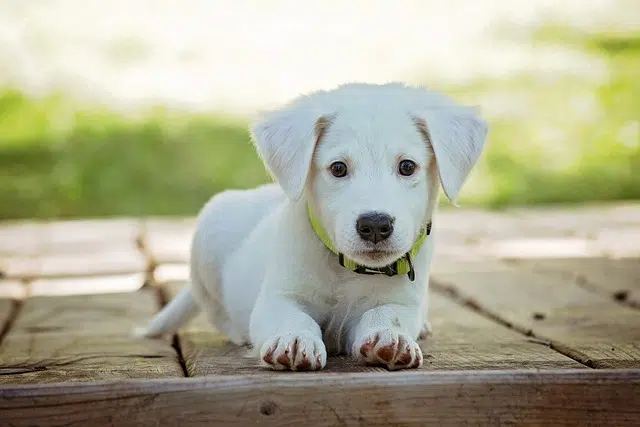


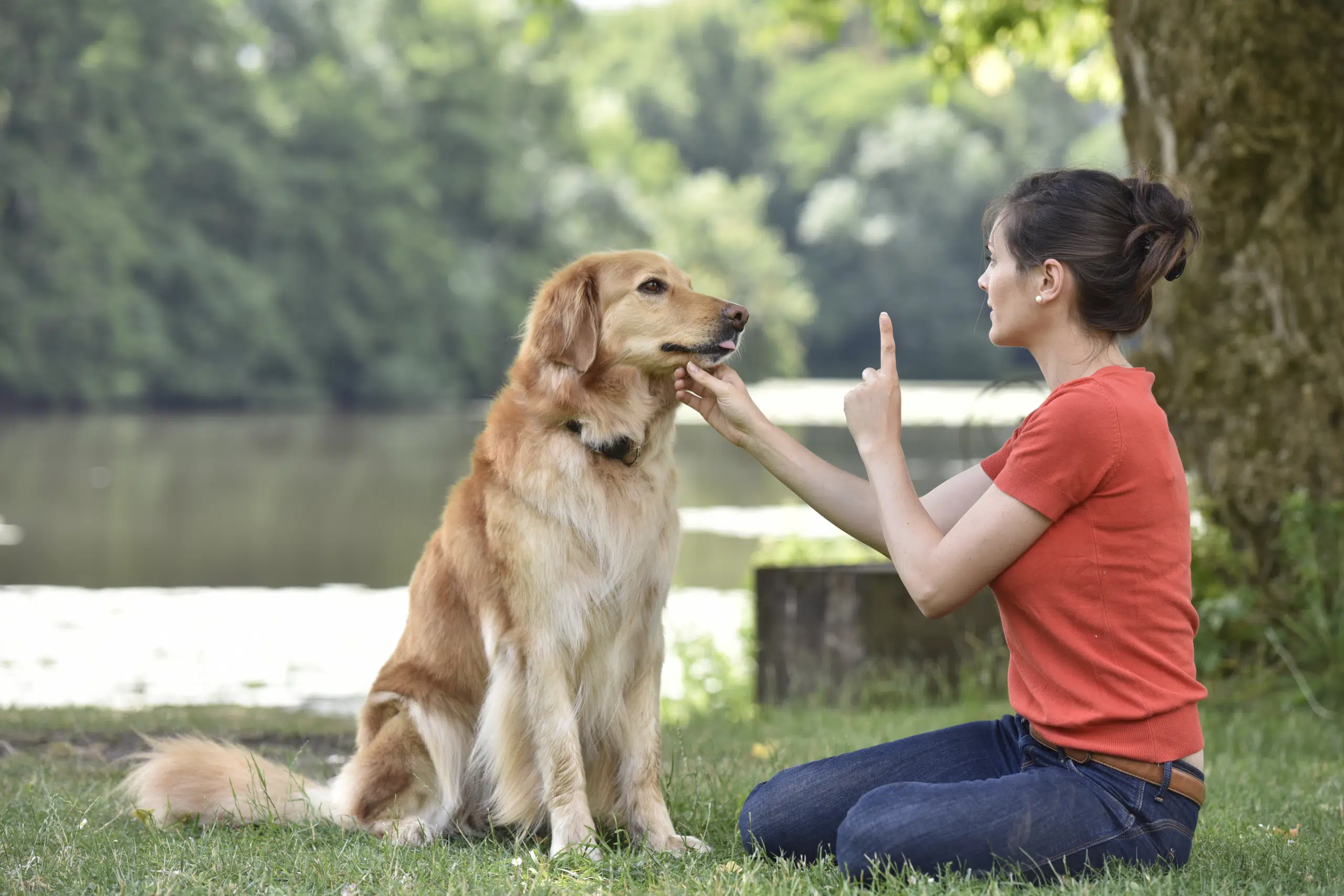
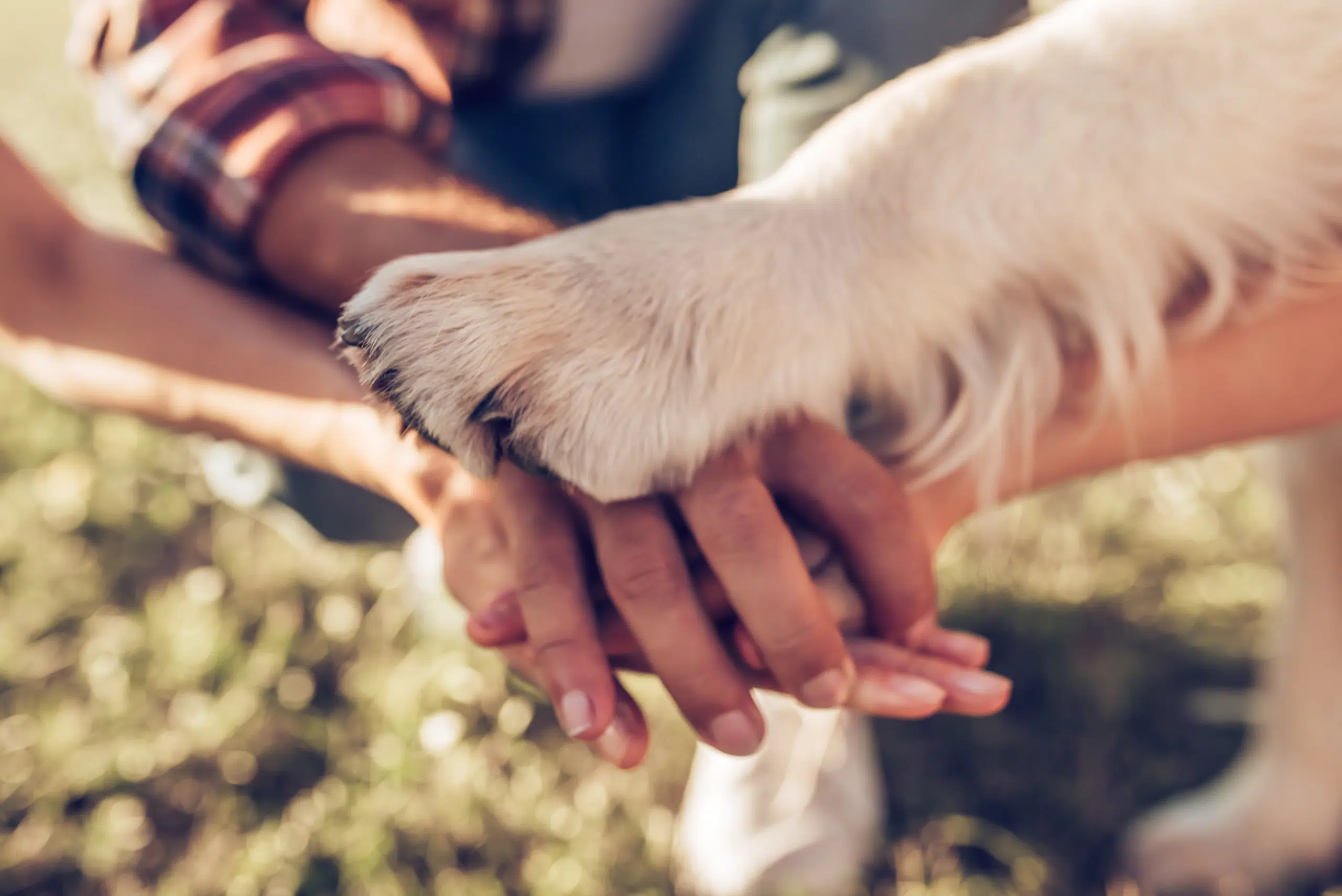
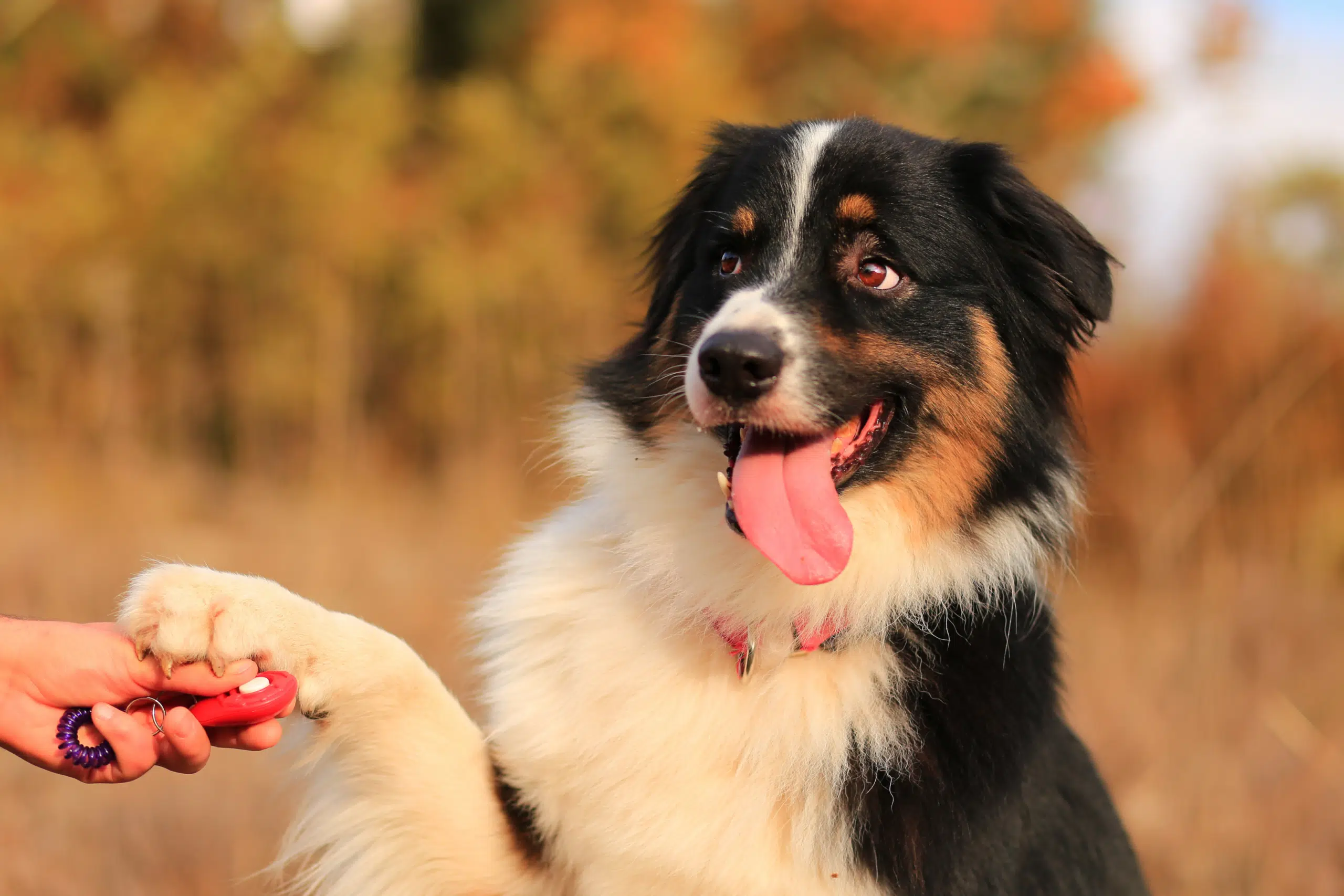
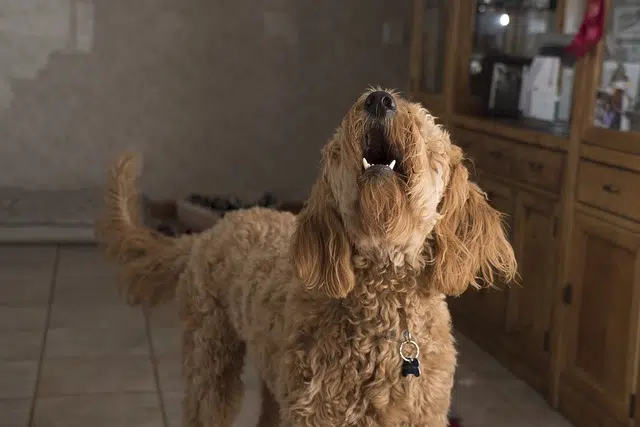
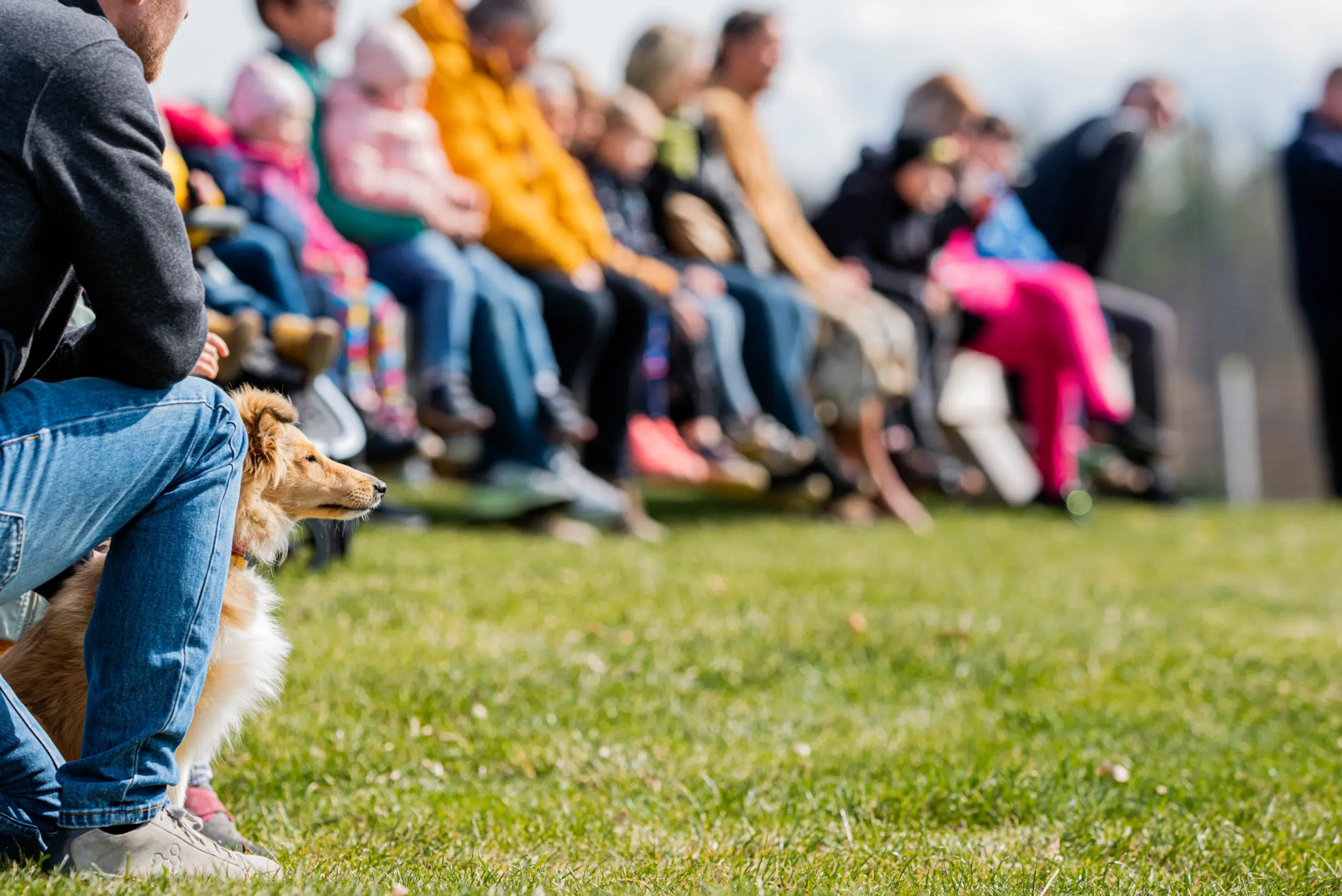
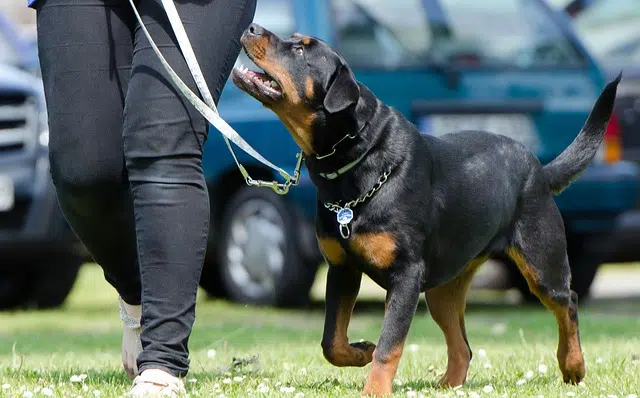

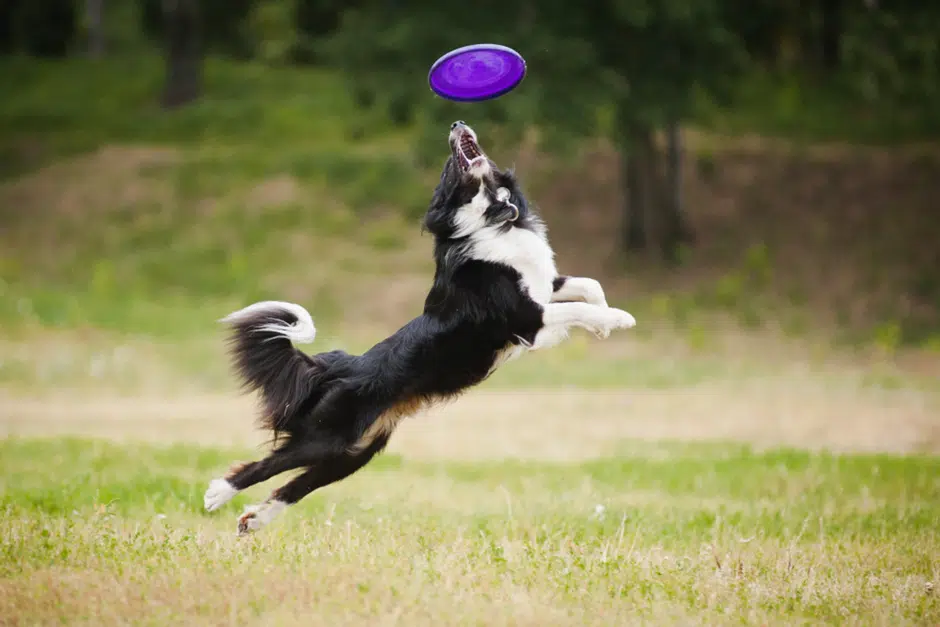
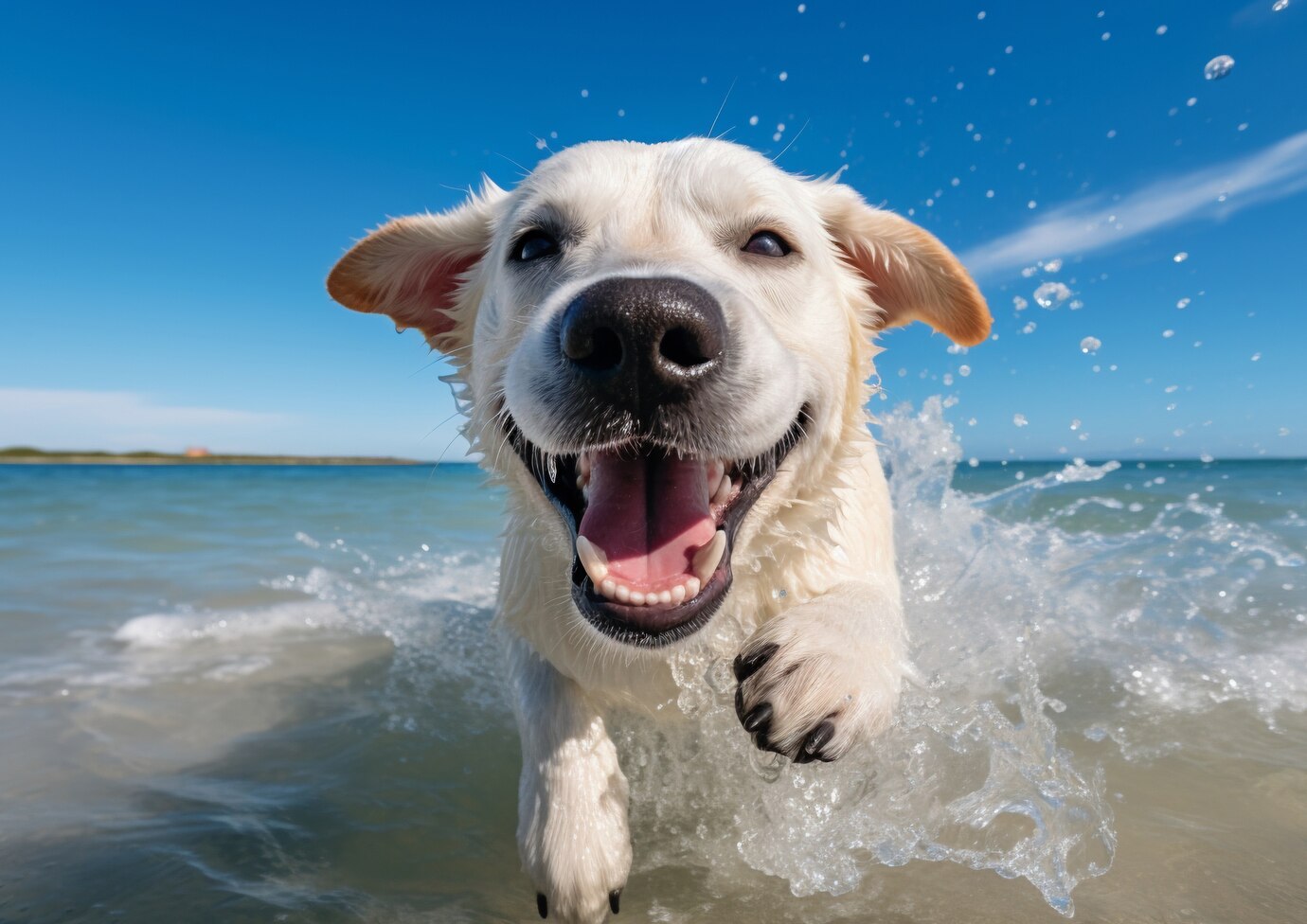
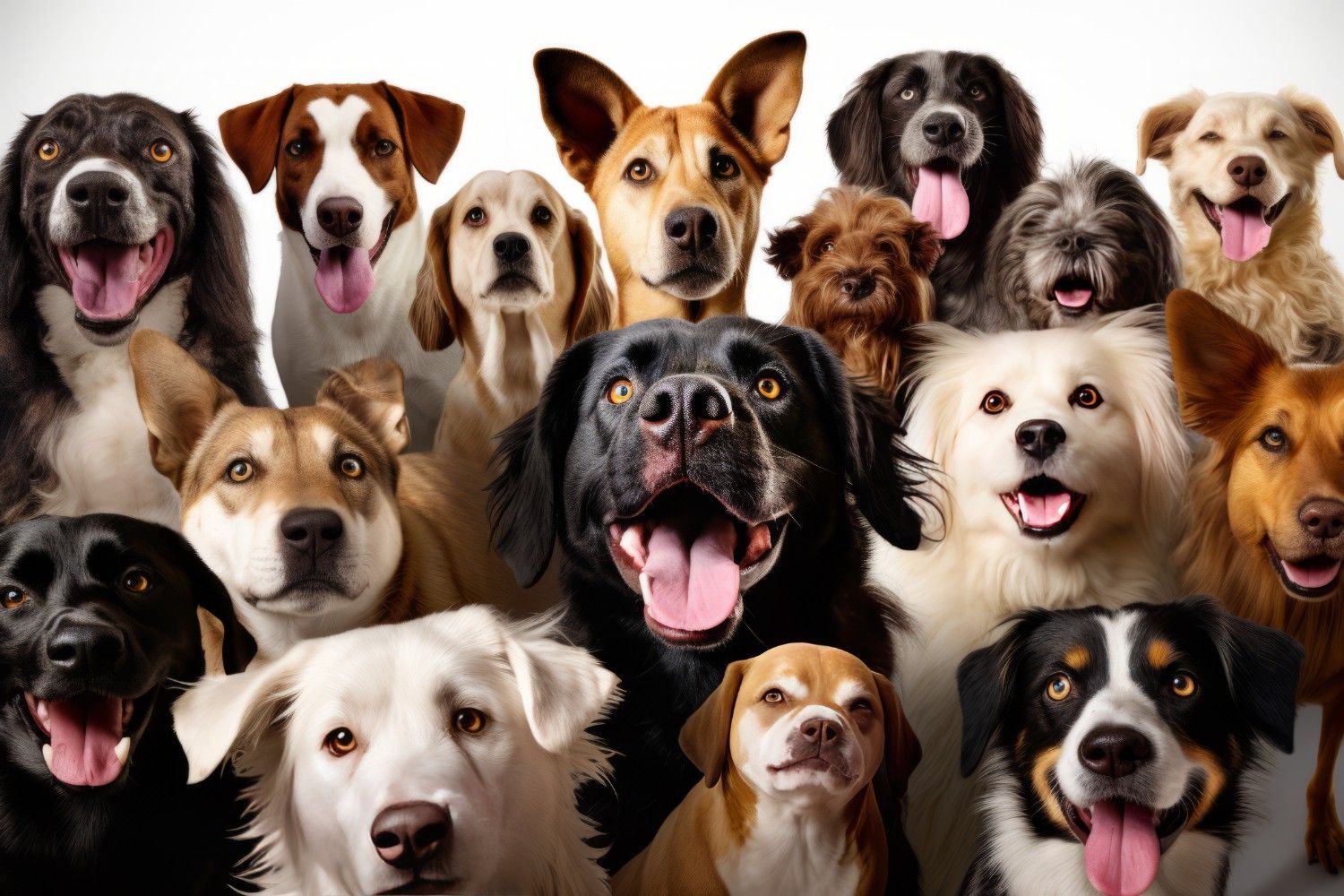


Get involved!
Comments